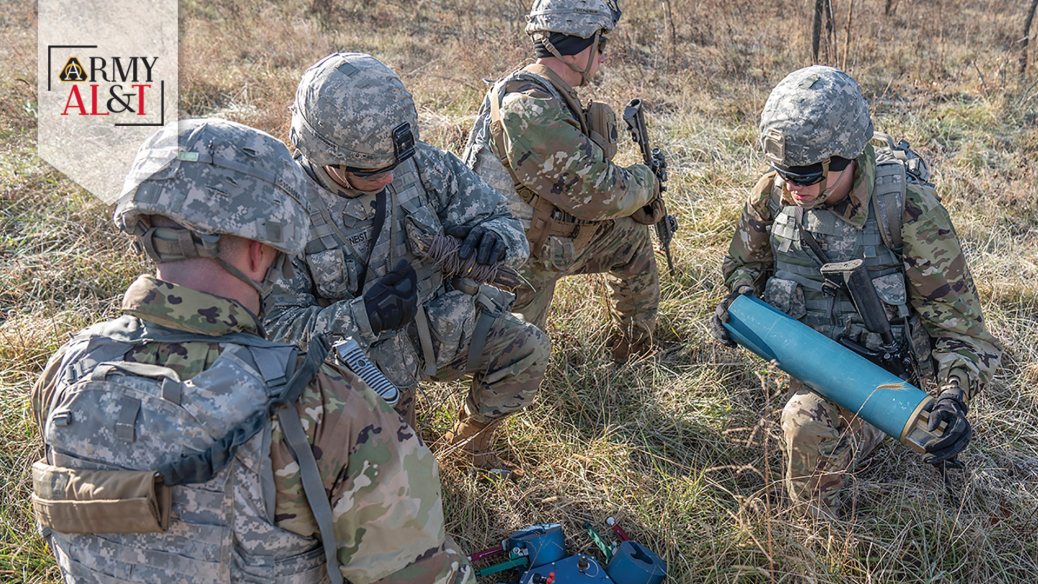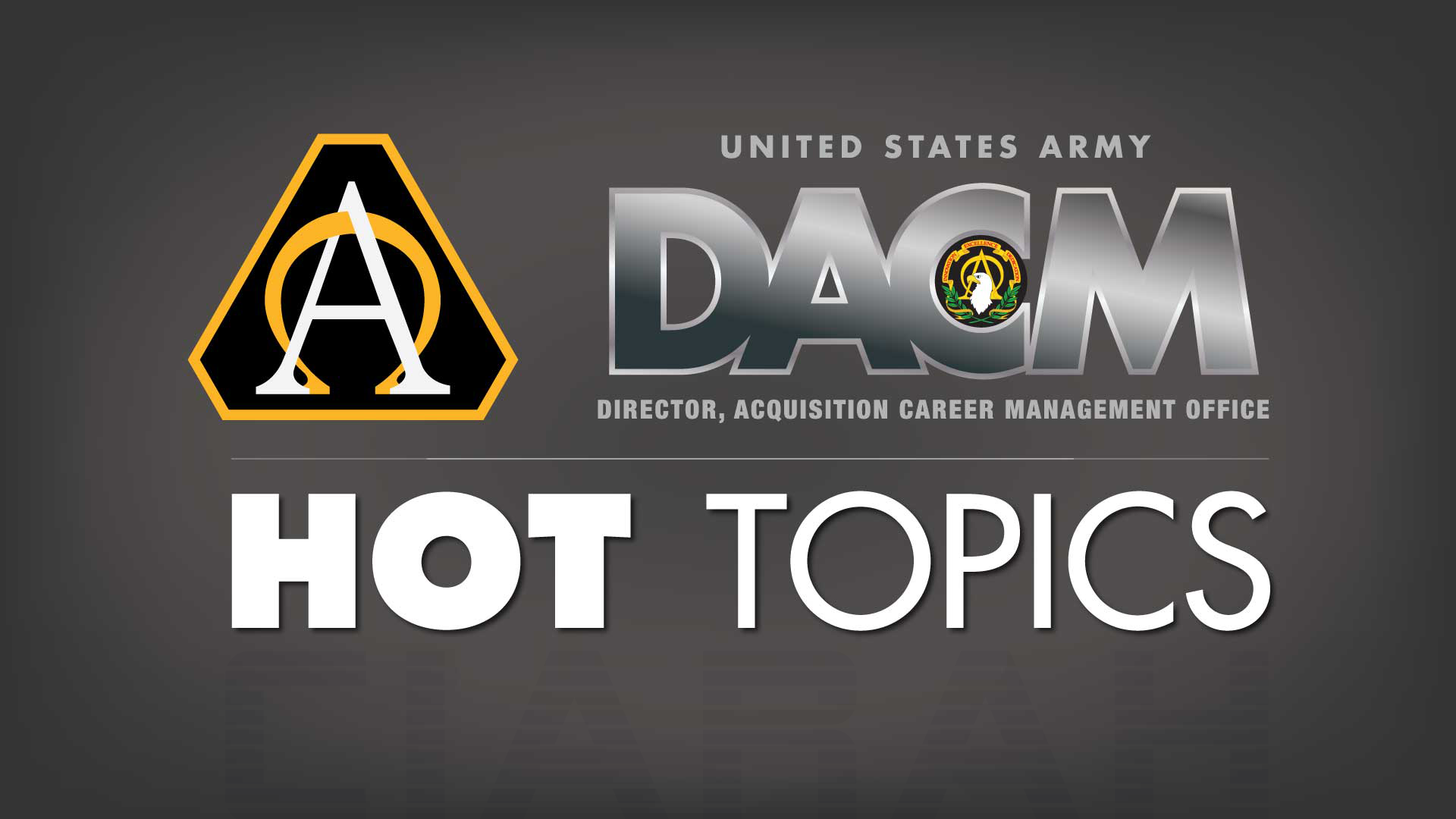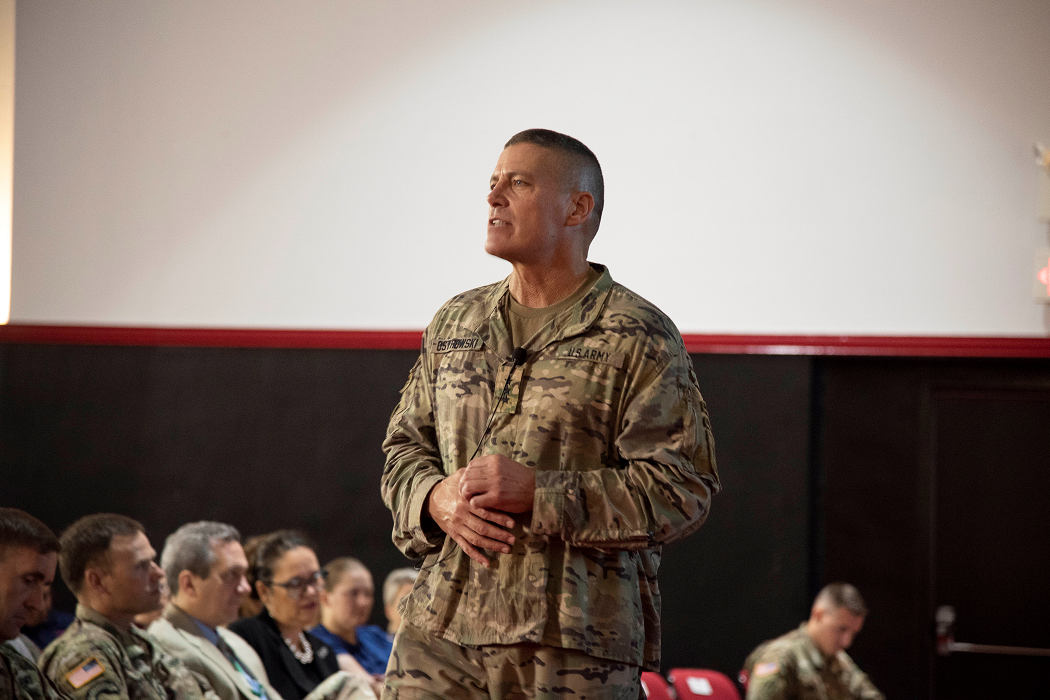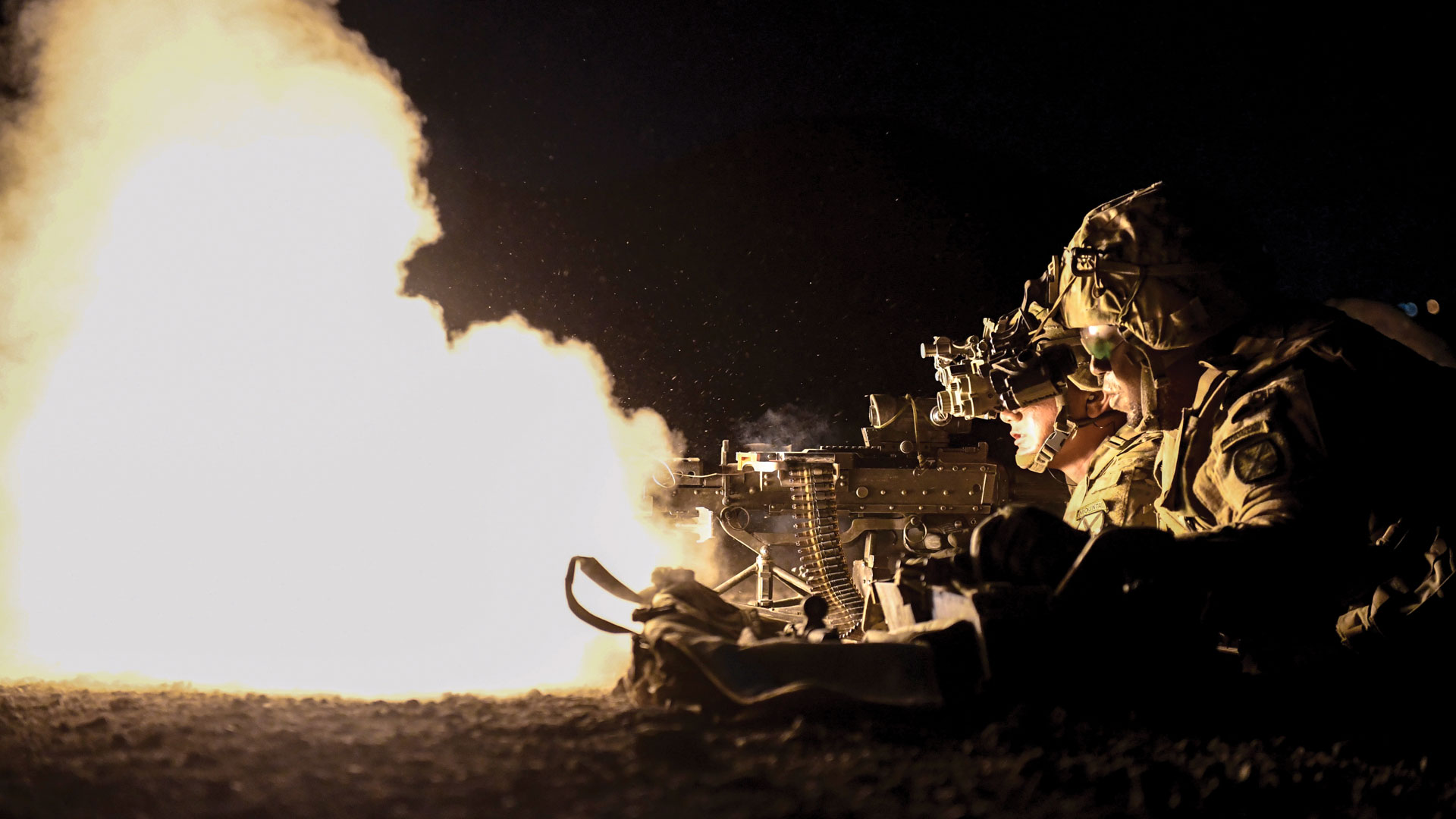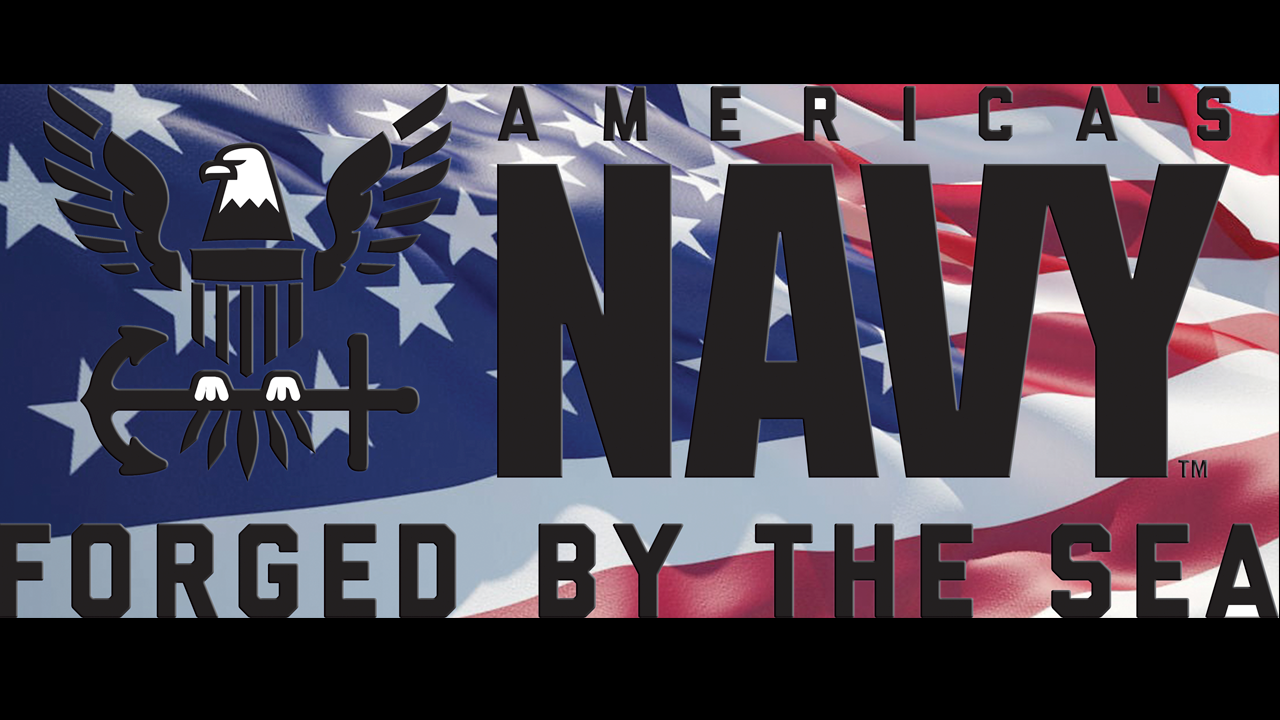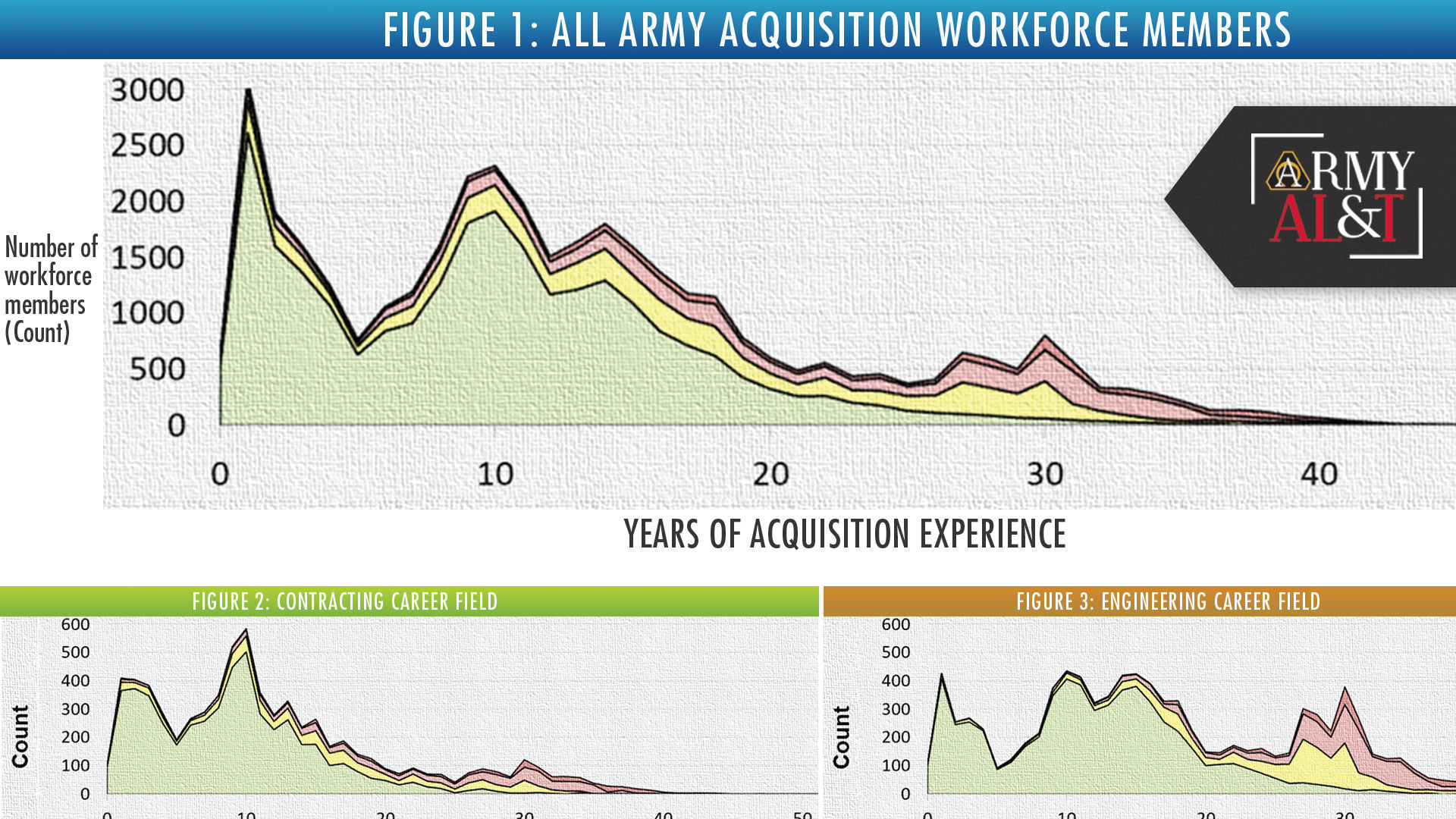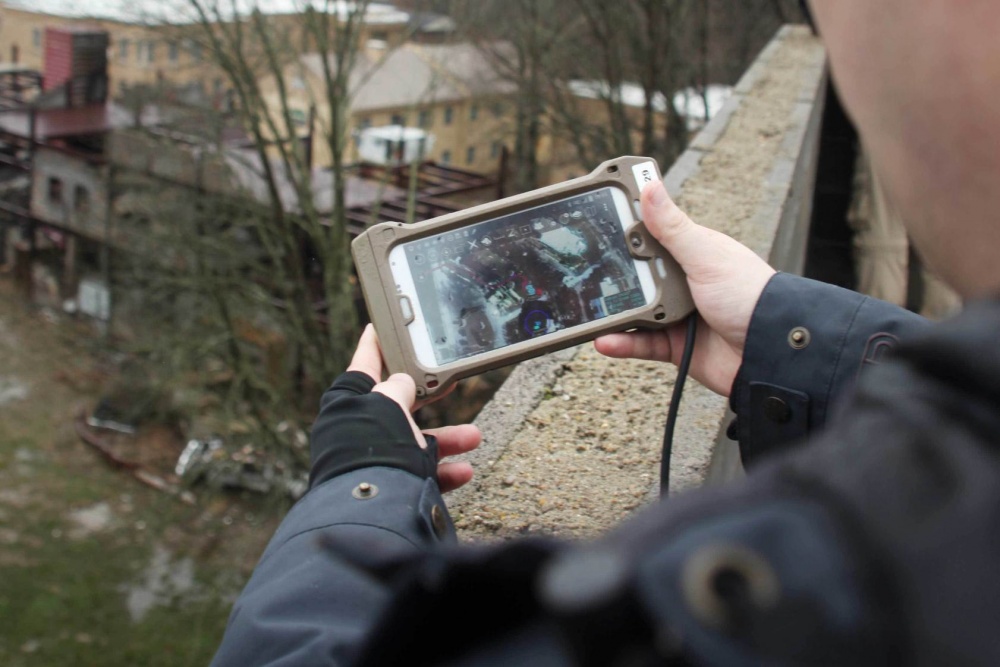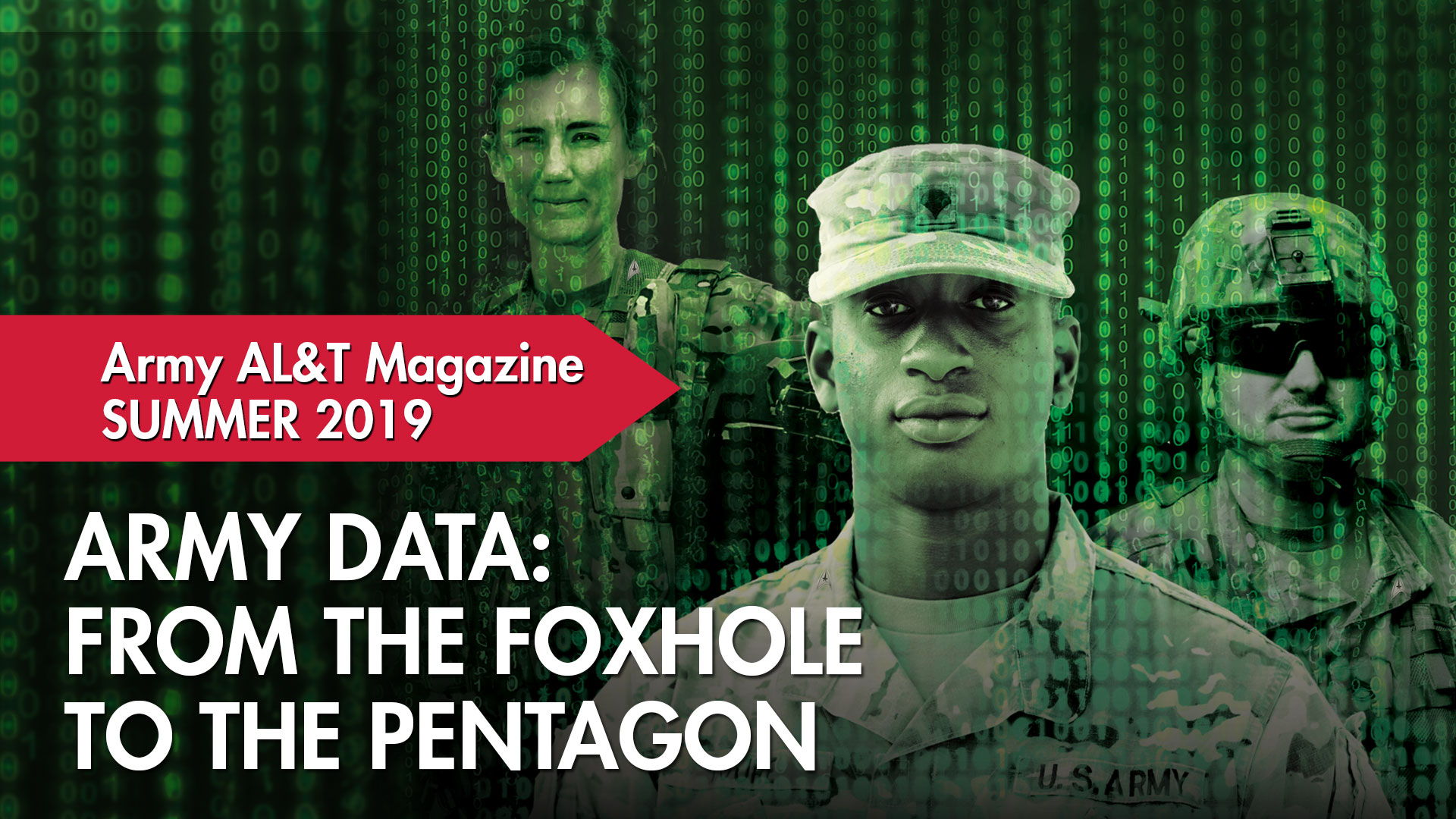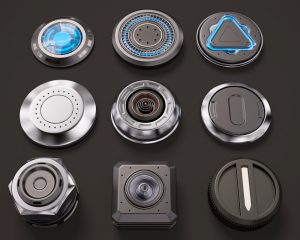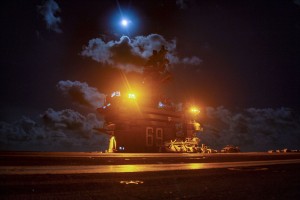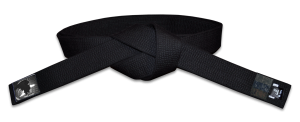Three events are critical in developing the concept of operations for terrain shaping obstacles.
by Lt. Col. Phillip Poteet
New capabilities are seldom new. Most have the benefit of past experience, defining the overall shape and expectations of a system (e.g., increased range, payload or precision; manned to unmanned operation, or improved resource efficiency). These benefit from having been done before, such as a new tank having the overall shape of the tanks before it. Then there are the opportunities for revolutionary improvements: the integration of technologies in a way that has not be done before, making it “new” to the Army in terms of design decisions and requirement trades, the employment of tactics, techniques and procedures, and training tasks. The doctrine for how we fight is still valid, but it now has new technologies within it.
Writing solid, informed requirements for these revolutionary capabilities that do not currently exist is the precise challenge for the next generation of terrain-shaping obstacles. Shaping the battlefield and thus shaping the terrain has been doctrine for how we plan and execute large-scale ground operations. This can be done by integrating multiple resources such as air power, artillery and obstacles. We want friendly forces to have freedom of maneuver while limiting the enemy’s ability to maneuver against us. Obstacles make all this happen. Obstacles can be ditches, wire, natural restrictive terrain and in this case, lethal munitions. Terrain-shaping obstacles specifically are lethal munitions that as an economy of force can easily equal 25 percent of a maneuver force’s capability. Terrain-shaping obstacles were previously represented by traditional row landmines, but those have left the Army inventory because of policy restrictions. So a completely new, revolutionary munition is needed.
Developing the concept of operations for terrain-shaping obstacles is the challenge that today’s Army faces. The end state is to achieve or exceed the same battlefield effects and provide the warfighter the means to achieve those effects.
Traditionally, developing a concept of operations requires an examination of capabilities required to solve the current problem and identifying what’s in the realm of possibilities, such as linking remote sensors to shooter systems; minefields that “self-heal” by re-positioning or re-orienting to close gaps in coverage; autonomous munitions; and human-in-the-loop munitions. Stakeholder input from the warfighter, industry and the Army science and technology and research and development communities provides the foundation for informing requirements.
Providing information requirements early in the process to programs developing new technology and solutions is the key to ensuring we are developing the right technical solutions for the future. Engaging specific stakeholders early in the process of the requirements document development to drive candid, open discussions about options, concepts and operational scenarios is vital.
If necessity is the mother of invention, then involving all Soldiers—those fresh out of the schoolhouse to seasoned combat veterans—at the earliest opportunity is the first step to getting the requirements right and developing a concept of operations for the next generation of terrain-shaping obstacles. Once we understand the intent for their use in the larger picture, then we can begin to understand what needs to be developed. But collecting meaningful Soldier feedback (from user jury events, Soldier touch points, etc.) in a timely manner is also a challenge. It is one the Army has tried to address with experimentation and rapid prototyping, but these events are difficult to get approved, are resource-intensive to execute, and difficult to use as a way to inform requirements until many decisions already have been made because of the staffing and approval process to find units and Soldiers with time to share. This is where networking, relationships, stakeholder management and simply asking come in. In this approach, engaging a local unit may result in borrowing a few Soldiers for a day to get immediate and enlightening feedback.
The Product Manager for Terrain Shaping Obstacles (TSO), formerly the Product Manager for Gator Landmine Replacement, within the Project Manager for Close Combat Systems under the Joint Program Executive Office for Armaments and Ammunition (JPEO A&A), is currently developing the revolutionary next generation of terrain-shaping munitions. The concept is a box that includes either top attack or bottom attack munitions (the latter detonates as the threat rolls over it, and the former launches in the air and attacks from above when the threat is most vulnerable). Each box will contain a series of targeting sensors as well as networked two-way command and control. The munitions will feature on-off-on, remote destruct, self-locate and self-reporting capabilities, and can remain in the box and be recovered and reused if they’re not dispensed.
Product Manager TSO has facilitated several events to better inform the concept of operations, requirements and sustainment for the next generation of terrain-shaping obstacles. These events include:
COMMAND AND CONTROL CONFERENCE
At this May 2018 conference we openly discussed the command, control and communication solutions (and combinations thereof) that currently exist or are being developed for possible inclusion into the program. We asked our industry partners to share their thoughts on their own proposed solutions without necessarily disclosing proprietary data.
The government support team created 12 questions to help meeting facilitators spur conversation. These questions encompassed major focus areas of safety, such as safe passage for friendlies; data security and encryption; long- and short-haul communication capabilities; acquisition; and supportability. The questions were asked several times to encourage industry partners looking at command-and-control systems for terrain-shaping obstacles to share more insight into their solutions.
Government and industry participants presented more than eight hours of briefing material to the audience during the daylong forum, including technical details of the various industry approaches that were investigated and a discussion of the various tradeoffs of each approach.
Government and industry panels candidly identified pros and cons and identified additional considerations from each approach to better refine all solutions—discussions that in any other forum would likely be held in private meetings between each industry member and project officers.
Conversation flowed slowly at the beginning of the session, but eventually brought to light other technologies that were not previously known by either the program office or the system contractors, such as the Air Force’s encryption chip (an encryption component that cannot be exploited by adversaries, and therefore can be left unattended in the field). The collaboration among industry partners at this forum became the basis of several follow-on interactions.
CTSO SEMINAR WARGAME
This goal for this event was to walk through the steps of planning, fighting and recovering an obstacle field in order to uncover any missing elements in the draft requirements or to identify new or better approaches early on, since this is a brand-new capability.
In November 2018, JPEO A&A coordinated the seminar at the Maneuver Support Center of Excellence at the U.S. Army Engineer School at Fort Leonard Wood, Missouri, which included key industry stakeholders, research and development support, and a number of engineer Soldiers from the 35th Engineering Battalion at Fort Leonard Wood. Soldiers included lower enlisted and young noncommissioned officers (NCOs) with little or moderate experience in terrain shaping.
The idea behind the seminar was to go through the plans, operations and recovery processes in accordance with existing doctrine while applying new concepts—in essence, war-gaming these new concepts and role-playing different leadership, staff and operator positions to identify any possible details that had been missed.
The roles portrayed ranged from brigade planners, company commanders, engineer platoon leaders, engineer NCOs and operators, and battalion logistical support. Being able to play out a complete mission—from surveying, to emplacement, to operating the obstacles within their specific assigned roles—identified knowledge gaps that had to be answered. Some answers surfaced that day, while others became actions to be researched.
JPEO A&A found it very useful that our industry partners began an open dialogue with the rest of the participants, critiquing and opining about the topics, scenarios being war-gamed and comments from the Soldiers. The Soldiers contributed immeasurably by pointing out operational considerations, better and easier ways to emplace munitions on the field and to transport the munitions. They also provided feedback on the munitions box itself, from handle style and placement, ruggedization, stacking capability and markers to identify burying depth.
Engagement on this scale was immensely useful for all stakeholders. Being able to facilitate and foster such open dialogue and the involvement of the Soldiers was invaluable. Similar events incorporating Soldier involvement and feedback will be incorporated throughout development of the concept of operations.
SECURE COMMUNICATIONS EDUCATIONAL FORUM
In January 2019, a satellite communications vendor hosted a discussion, with its team on hand to answer questions, about the latest technology that could be leveraged for this program. This information could help us better inform the options for the communication suites offered by our industry partners, and help us mature the requirements.
This technical interchange meeting enabled industry partners and Product Manager TSO and representatives from Product Manager Mission Command to openly exchange critical information on the best technical approaches used in the past, present efforts, emerging technical advances and best practices. Industry partners asked questions about different approaches and responded to questions about their respective design solutions. This engagement was leveraged as a forum to debate the scale of data needed for remote obstacle management, and the level of data encryption needed. This benefited all participants by opening the aperture of all prior assumptions and biases, reducing the final scale of the effort to a more manageable approach while not releasing industry proprietary components of their programs.
While each industry partner had a plan to demonstrate a future system using a prototype communication solution, key to this forum was a means for early maturation of a scalable device that could be integrated by anyone. This investment in a common satellite modem was a risk solution intended to provide industry partners either a backup plan or a solution for their program.
The effort leverages previous investments made by the Army, the Department of Energy, the Project Manager for Position, Navigation and Timing, the Combating Terrorism Technology Support Office and U.S. Special Operations Command to reduce cost and schedule burden for the terrain-shaping obstacles. Another benefit to this engagement is that the open architecture in the module will be easily updated for the next generations of communication waveforms.
CONCLUSION
The open discussion among developers, stakeholders and Soldiers helped further refine the final design and focus the direction the government is pursuing for the development of terrain-shaping obstacles, from munitions to controllers to a common communications solution. The frequent and early engagement of Soldiers was also a critical piece of design and requirements refinement. After all, they only truly see things from their point of view, and that is what we are trying to build.
The requirements authors were pleased with the open discussion that took place in the forums. “These events helped the capability developer refine requirements just from an information sharing and situational awareness of perspectives and points of view,” said John Hegle, chief of the Maneuver Support CDID Requirements Division. “We heard from vendors, engineering support staff, program managers, Soldiers and other stakeholders that have ideas to help in establishing a successful path forward. Acquisition done right is always a team sport where you seek to find a balance, an optimal solution set, for addressing identified capability gaps. We discovered it should be done sooner than we first planned to better support multi-domain operations.”
A similar sentiment was expressed by an industry partner. “I found the industry exchange unusually refreshing,” said Robert Bills, president of NAL Research Corp. “Normally, industry meetings with government program offices are one-way communications from the government to industry with a few questions from the audience. This forum was open and free-flowing, two-way communications with honest dialogue and debate that was used to support the program manager’s decision on a future communications approach for the CTSO [close terrain-shaping obstacles] program.”
When developing concepts of operation, early candid dialogue and Soldier involvement are the keys to informing requirements, regardless of what type of program you have. There is no limit to what these engagements will uncover, clarify and inform.
For more information go to the Project Manager Close Combat Systems website at https://www.pica.army.mil/pmccs/.
COL. PHILLIP POTEET is the product manager for Terrain Shaping Obstacles. He holds an MBA and a B.A. in psychology from Texas Tech University. He has more than 10 years of acquisition experience, is Level III certified in program management, and is a member of the Army Acquisition Corps.

